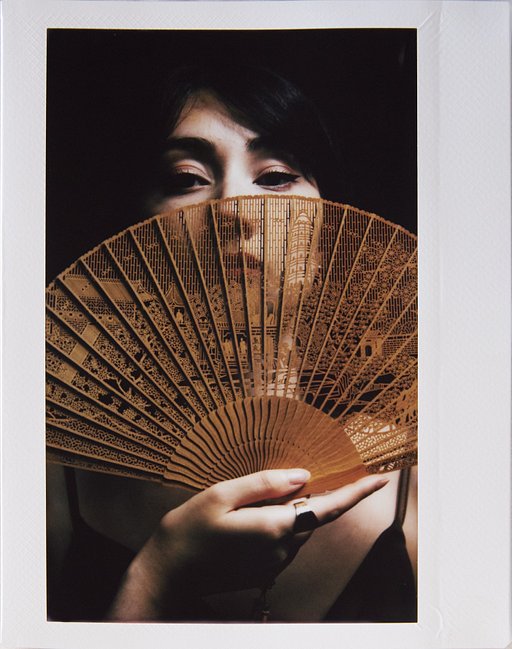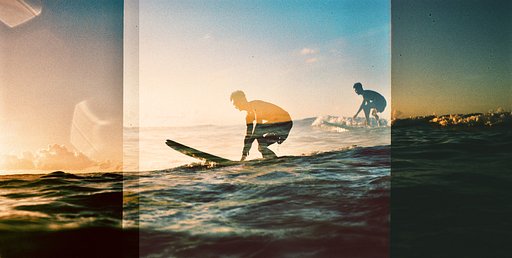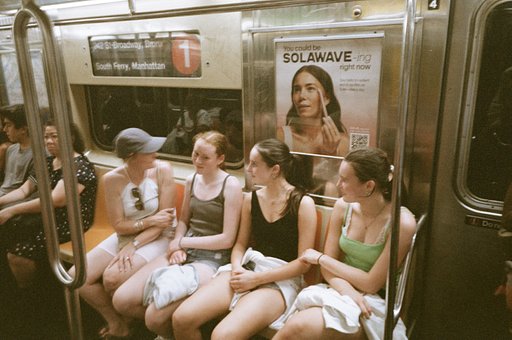First Impressions of the Daguerreotype Achromat 2.9/64: Pablo Rodrigo
1 7 Share TweetBlack and white photography. Portraits and landscapes with a vintage touch. The photographer Pablo Rodrigo takes us back in time through the amazing photographs that he shot with the Daguerreotype Achromat 2.9/64 Art Lens.

Please tell us about your photography. When did you start taking pictures? What is the strength of photography?
As a kid, I used to spend my afternoons at my dad’s studio – he was a painter and sculptor. Even though I started my path towards graphic design and digital photography after high school, I finally had the chance to switch to professional photography while working as a designer. Being a photographer was never in my plans, but this opportunity made me go for it. Right now, photography is a way of life. When you find the right focus, it becomes a window to the world. Photography makes you live experiences, leading you to an instant thought, forcing you to answer questions right away! This makes it very interesting and to me it is an essential project, very nurturing and a very exciting activity. Like the photographer Alberto García-Alix would say, “photography is like a game“. And then I ask myself, what experience would I like to live? Photography makes me confront it, it places me face to face with what I want to experience.

What did you take pictures of? What camera did you use?
I only had the lens for a short time, but I was able to take it on a trip to the south of Spain. Coincidentally, when I got this lens, I was reading a book written by Edward Weston. Thus, portrait, nudity, and landscapes have been my main themes. The Achromat was a perfect fit to my style and Weston’s, therefore I didn’t have to think twice before I decided to create a tribute to this great master of photography.
Portraits and landscapes are the most interesting aspects of photography to me. I think I would never get tired of traveling around and meeting people; taking pictures with a camera that I can take with me easily but with a great artistic quality – that’s all I need. That is what interests me and what I tried to do while I had the lens. I used a Leica M240 camera with an adaptor for Nikon F mounts.
This lens has a fascinating history, so let’s play the association game. What came to mind when you first saw the Daguerreotype Art Lens? What is special about its build?
Well, I learned all about photography and art history back in the days when I was a student, so I knew a lot about Fox Talbot or Louis Daguerre. They were the two characters that instantly came to mind when I saw the lens.
About the construction of the lens, it is very sturdy and the focusing ring has a soft yet firm turn, with a wide tour, which makes it a very interesting lens for portrait photography. Moreover, its 64mm makes the distance between the photographer and subject very convenient, allowing the photographer to move naturally without having to take big steps and being able to have a conversation with the subject. It’s also ideal for landscapes since it creates really powerful images. It’s a spheral lens that has almost not been corrected, this creates a reduced focused projection. Thus, when you take pictures with a full-frame or 35mm camera, you will quickly see how the peculiarities and its unique look appear. It creates images with a lot of depth, and the absence of contrasts in the corners highlight the subject that we put in the center as if it was a 3D effect.
Did the Daguerreotype Art Lens impart a special look to your photos? Tell us about your first photo session.
Nowadays people want to correct all the images, as far as creating optic designs with a very high performance but without any personality. Always the same design and the same materials. The Achromat brings you back to a time where photography was an experimental science, but it also surprises with its great creative and artistic character. The vintage look of the photos is glaring and when you see a picture taken with the Achromat you immediately see that it is a special lens. I am used to really expensive lenses and the most modern designs, apochromatic lenses or aspherical ones, with all kinds of coverings, real engineering wonders. This lens is simply a unique experience, I loved it, it has been a wonderful journey. I felt relieved. I would have wanted to keep it even longer and try to use it with backlighting, but I definitely enjoyed the time I had with it a lot.
The lens is a continuation of Lomography’s experimental tradition. What special effects have you done using the lens?
When shooting, the first thing you do is choose an aperture. Having all the aperture plates on a keychain was something totally new for me, you physically choose the aperture you want to use and put it into the lens, it’s something very special. The difference between one aperture and another is to big that it seems that you are shooting with different lenses. Choosing the right aperture for a portrait can create soft images if you use a wider aperture and sharp images if you choose a smaller one. It’s one of the strengths of this lens.

In terms of your own photography needs, what is the best feature of the Daguerreotype Art Lens?
I would say that in a globalized world where everybody shoots with the same equipment, choosing a lens that the majority doesn’t use, and a different camera, gives you your own style.
Why use a special lens at all?
I believe that Lomography brings back the experimental side to photographers. Nowadays we are limited by what the big companies offer and it gives the young photographers a chance to go on a photographic journey. Besides, it is not such an expensive equipment compared to other professional tools. When you already have some experience with cameras, you realize that some lenses have their own personality, some became legendary. I remember what Araki said in an interview “if you wanted to learn about photography, you had to change your camera a lot." And that is true. That is the journey I am referring to. And this lens can be revealing in this aspect.
Let’s get technical. What tip would you give to a first-time user?
Since we only know the maximum aperture of the lens, 2.9, I would recommend using the aperture plates following your instinct. For instance, I remember taking the picture of the man and his horse choosing the aperture almost randomly! The best thing you can do with this lens is go with the flow and experiment. Don’t use the smallest apertures and use the wide ones, don’t be scared, the effects are amazing. I would also suggest shooting like they did in 1839, with a tripod. Think about the portrait, the frame, and let the Achromat do the rest, you will love it.
Find out more about Pablo Rodrigo’s work by visiting his website, Facebook and his Instagram.
written by ellakoppensteiner on 2016-05-10 #gear #news




















One Comment